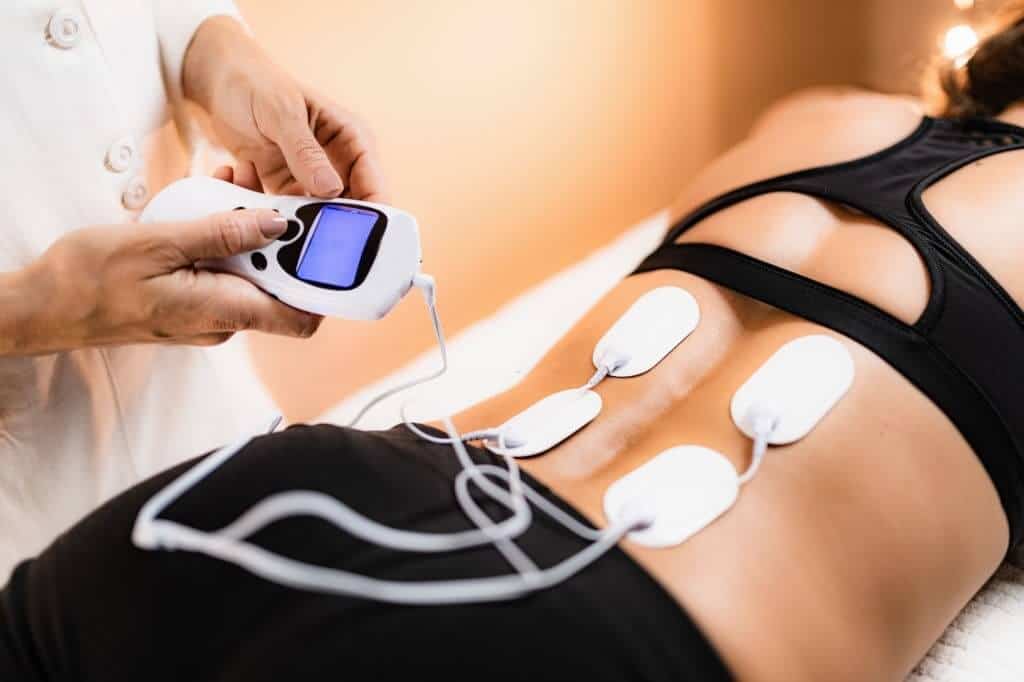Is It possible To Cut Back And Leg Pain Without Drugs With Electrode ‘Pulses’?
Nikki Attkisson | Last Updated : August 30, 2021Using spinal cord stimulation in a specialized way could help reduce chronic back pain, a small study suggests.
Using electrodes implanted near the spinal cord to stimulate the spinal cord with “ultra-low” frequency electrical pulses, 20 patients with persistent low back pain were studied. Ninety percent of patients reported at least an eighty percent reduction in pain after two weeks, according to the study. There is a striking improvement, experts said. Nevertheless, they cautioned that, due to its size and short duration, no conclusions can be drawn from the study.
It possible To Cut Back And Leg Pain Without Drugs With Electrode ‘Pulses’?
According to Dr. Houman Danesh, director of Mount Sinai Hospital’s division of integrative pain management, said this improvement is almost too good to be true. The small group of patients could produce skewed results, said Danesh, who was not involved in the study. The researchers might also have discovered something valuable, he added. Those questions can only be answered by large, long-term studies, Danesh said. Although electrical stimulation isn’t a proven treatment for back pain, pain management specialists such as Danesh are already offering this to some patients.

In general, transcutaneous electrical nerve stimulation (TENS) can be performed noninvasively — electrical pulses to the underlying nerves are delivered through electrodes placed on the skin over the area of pain. In addition to spinal cord stimulation, there are other options. A pulse generator is also implanted under the skin of the buttocks or abdomen so that electrodes can be placed near the spinal cord. If a patient is in pain, electrical pulses can be sent to the spinal cord via remote control.
Based on theory, the stimulation blocks pain signals from reaching the brain through the spinal cord. For now, spinal cord stimulation is reserved for back pain cases that have been difficult to manage – such as those that require back surgery but remain in pain following the procedure. It varies in effectiveness from person to person, or student to student, and researchers have been working to refine it.
In their new study, a UK/US team tested a new method of spinal cord stimulation known as ultra-low frequency. Based on laboratory experiments on rats, researchers found the electrostimulation pulses block most pain signals transmitted along the spinal cord in a manner that seems different from current spinal cord stimulation techniques.
Afterward, they saw 20 patients who suffered from chronic low back pain and often had pain running down their leg (known as sciatica). There were 20 patients implanted with electrodes; two patients had infections at the surgical site, so they were not able to complete the study.
A 90 percent average improvement in pain ratings was seen among the 18 patients who completed the study. At least 80% of the patients had improved. Researchers at Virginia Commonwealth University who removed electrodes reported that patients’ back pain returned when the electrodes were removed. The findings were published on Aug. 25 in Science Translational Medicine.
Despite this, McMahon warned the study was limited and short-term. It will be necessary to conduct more clinical studies to prove the effectiveness of the therapy and determine how long it lasts, he said. Among the advantages of this early study is that it directly shows pain-related signals being inhibited, according to McMahon.
It is possible, he added, that after finding “such a sturdy mechanism,” the technique can be applied to a variety of conditions besides back pain. Using the proprietary technology being developed by South San Francisco-based Presidio Medical, Inc., the study was funded.
Danesh believes that spinal cord stimulation is continuing the trend of technology making a big jump. Despite this, he says, some low-tech fundamentals remain key, such as correcting posture habits and muscle strength imbalances. Sitting all day, which causes weakened gluteal muscles (in the buttocks), is a big factor, Danesh pointed out. It is therefore imperative to strengthen those muscles as well as stay active in general. Danesh said being mobile is necessary when one is in pain and when one is not. The movement of the body is medicine.
With over 15 years as a practicing journalist, Nikki Attkisson found herself at Powdersville Post now after working at several other publications. She is an award-winning journalist with an entrepreneurial spirit and worked as a journalist covering technology, innovation, environmental issues, politics, health etc. Nikki Attkisson has also worked on product development, content strategy, and editorial management for numerous media companies. She began her career at local news stations and worked as a reporter in national newspapers.
